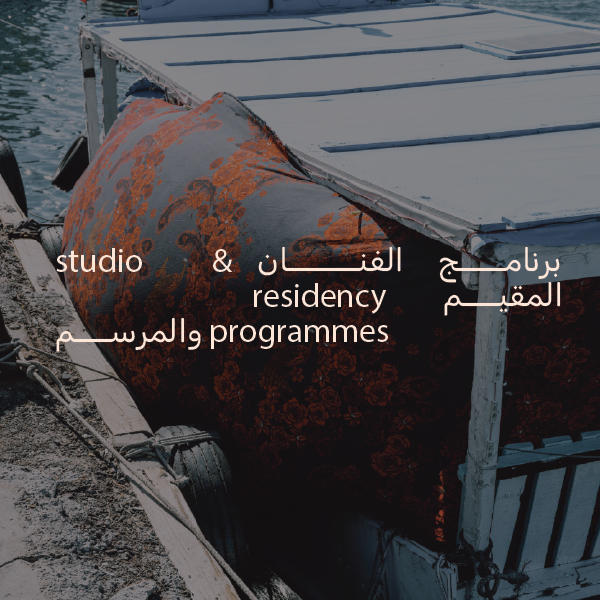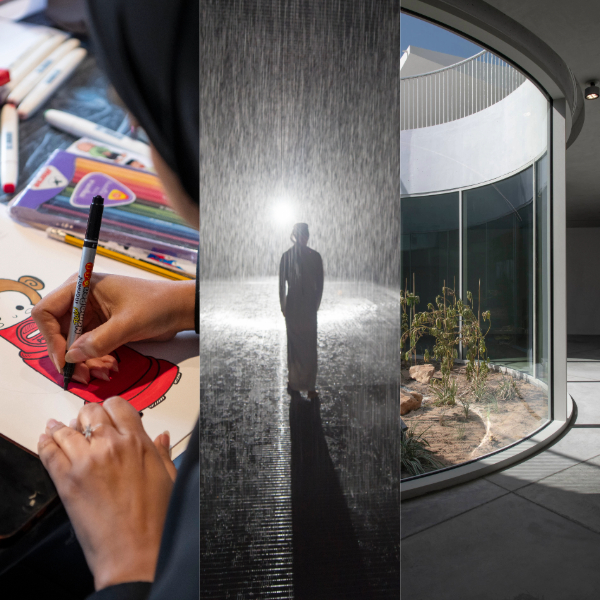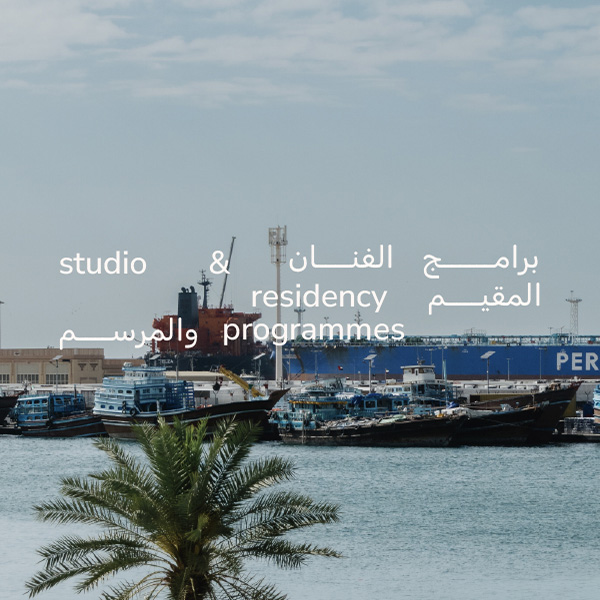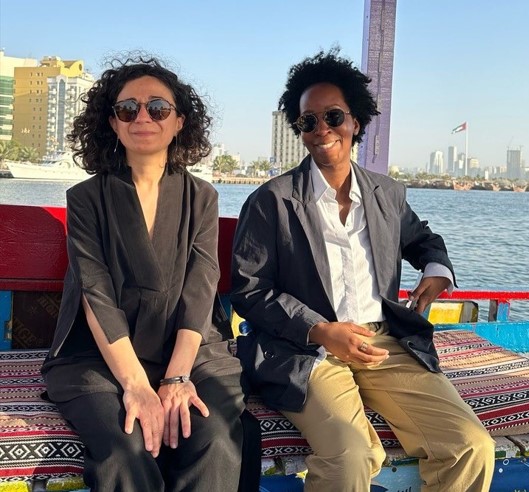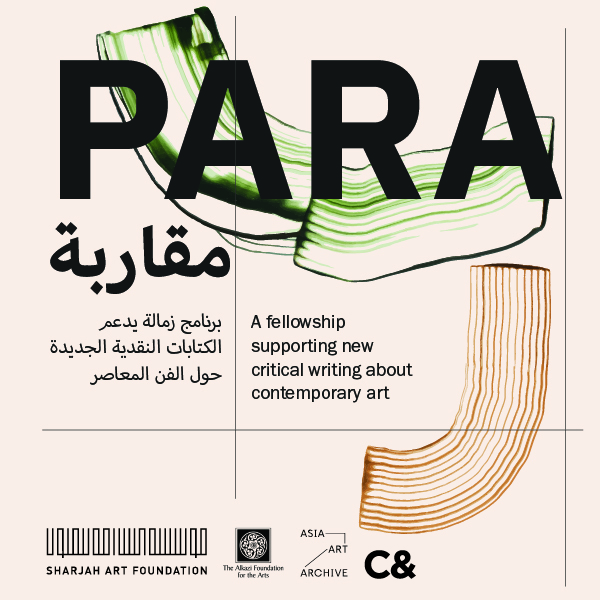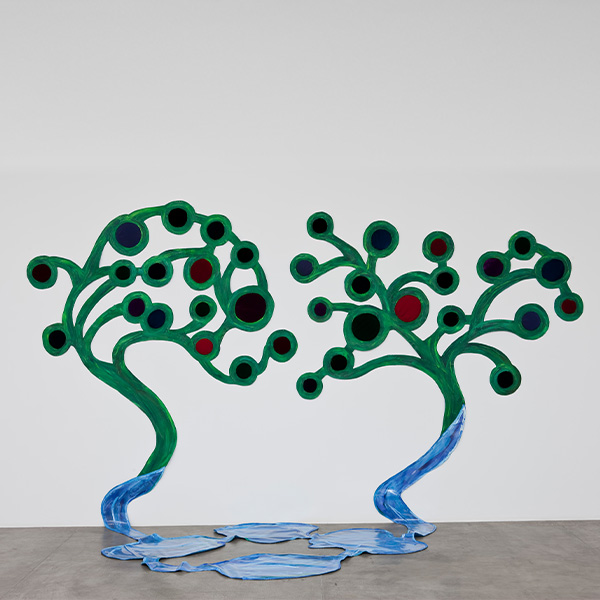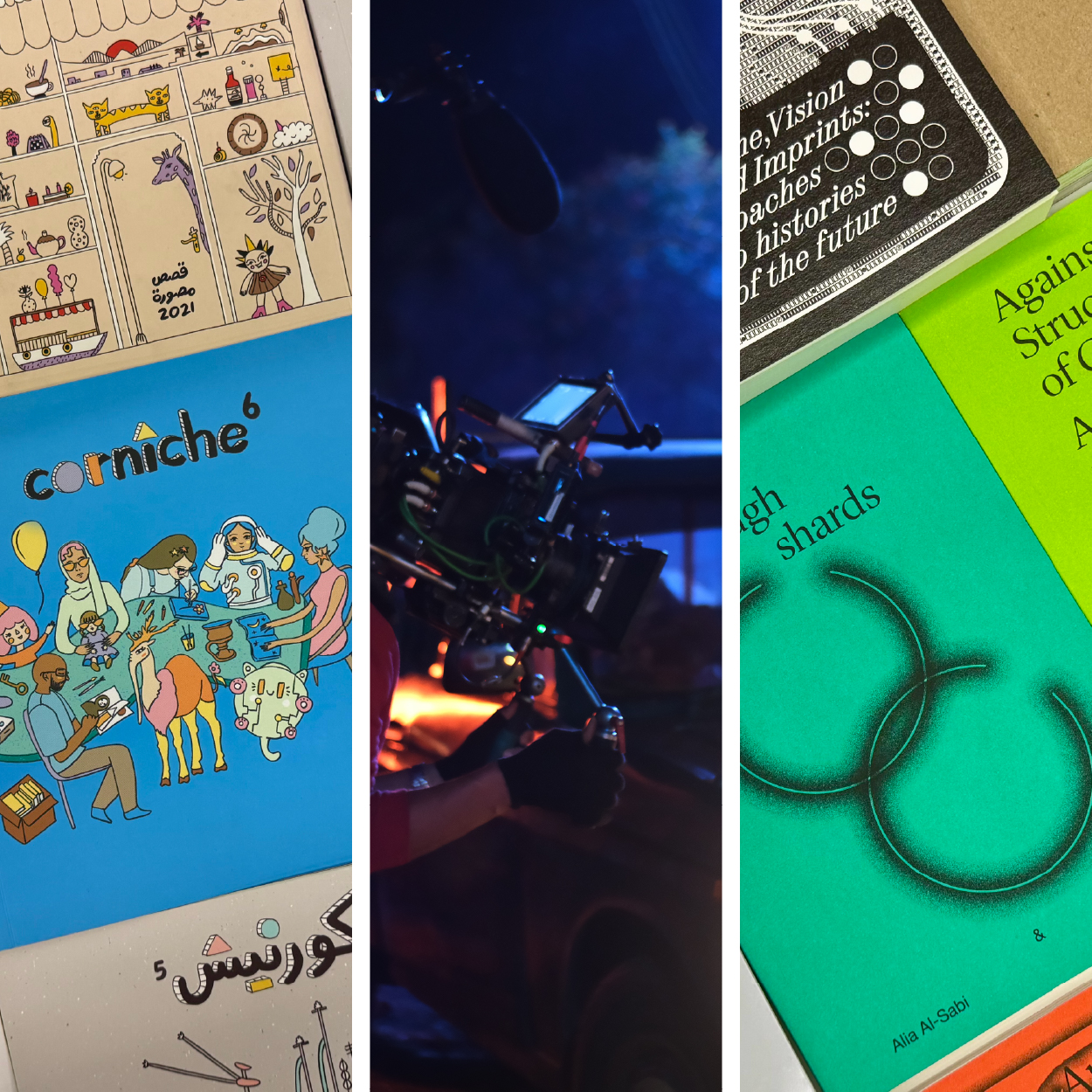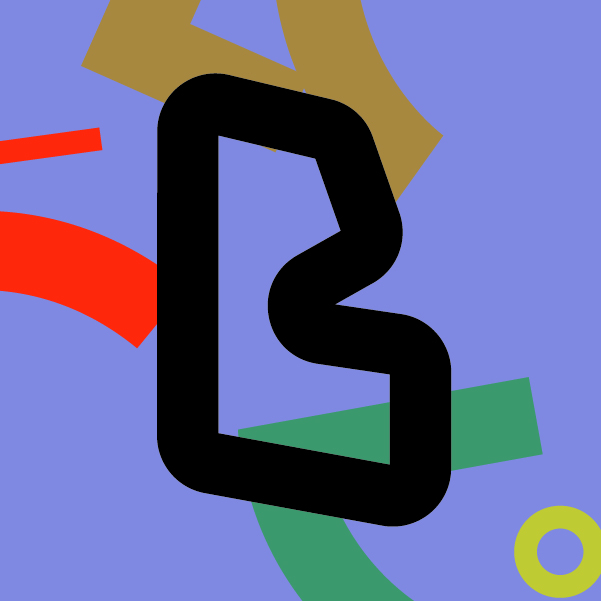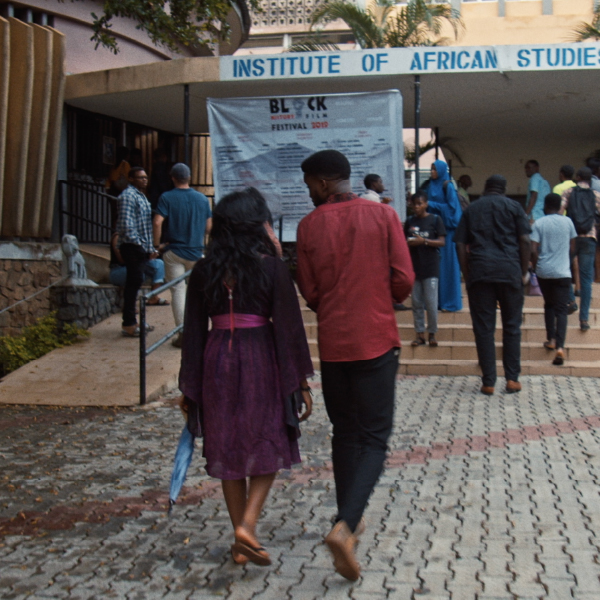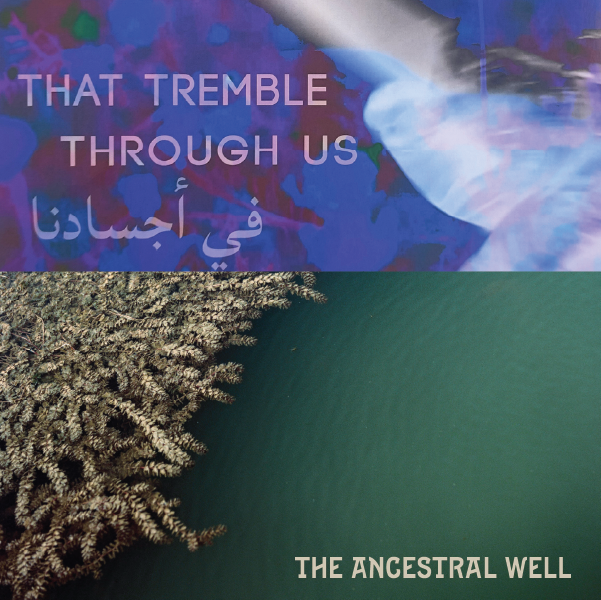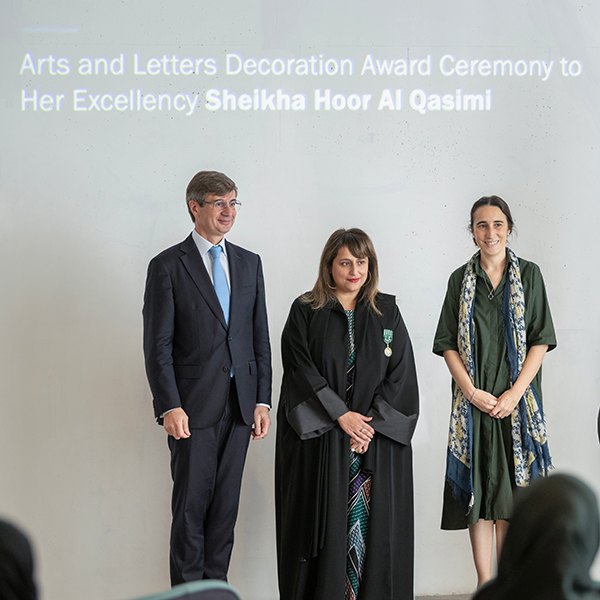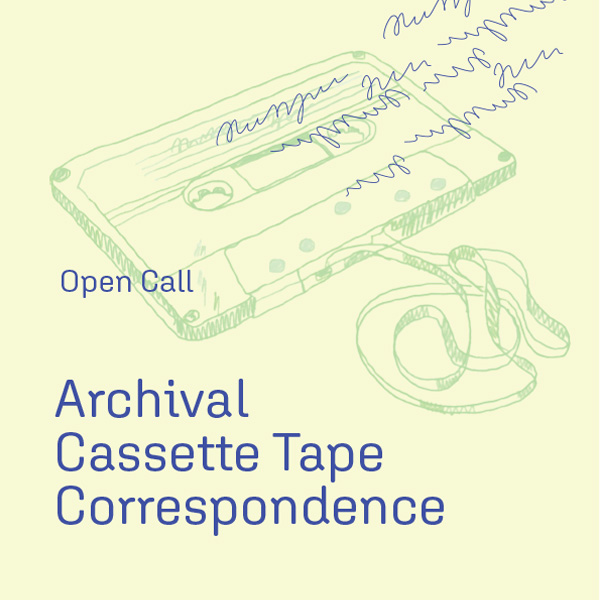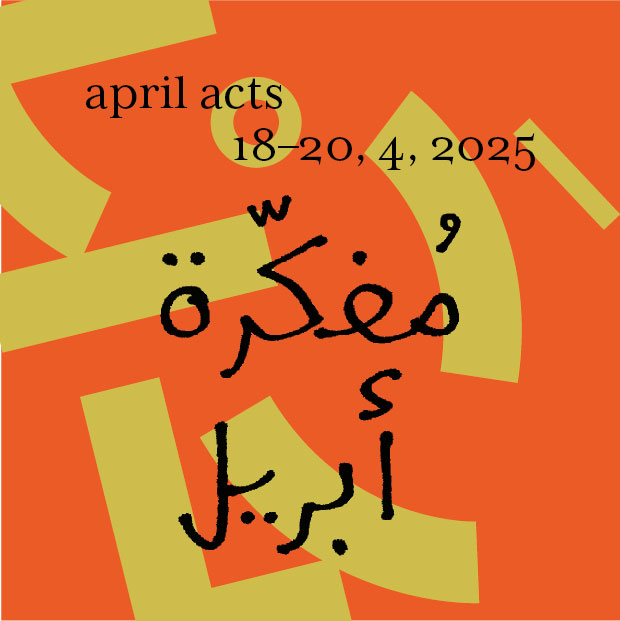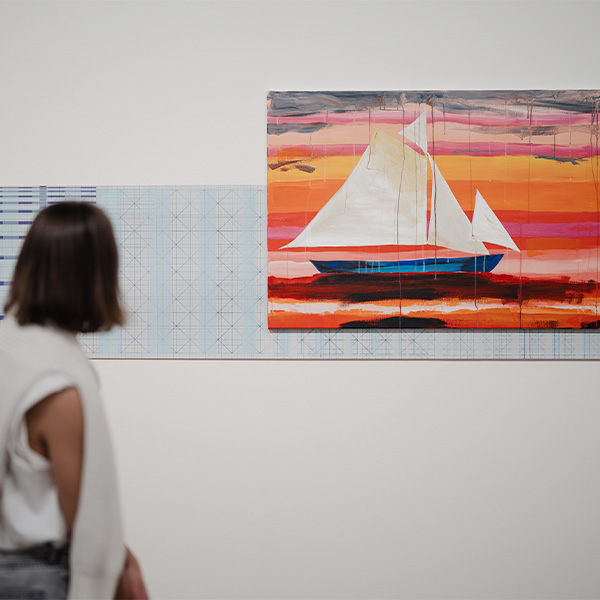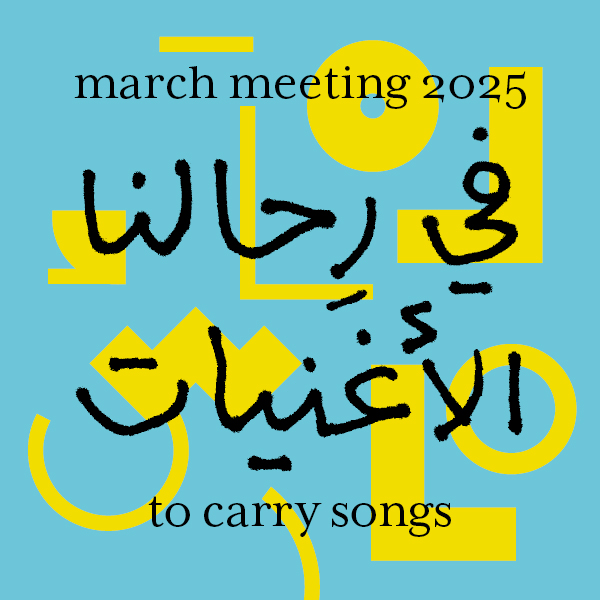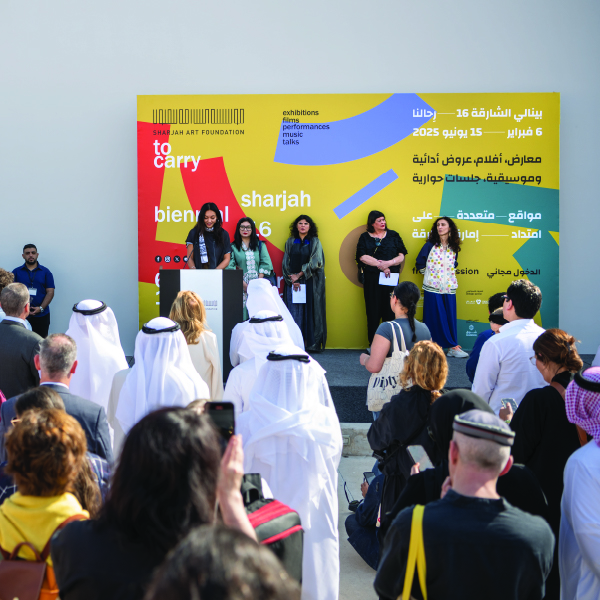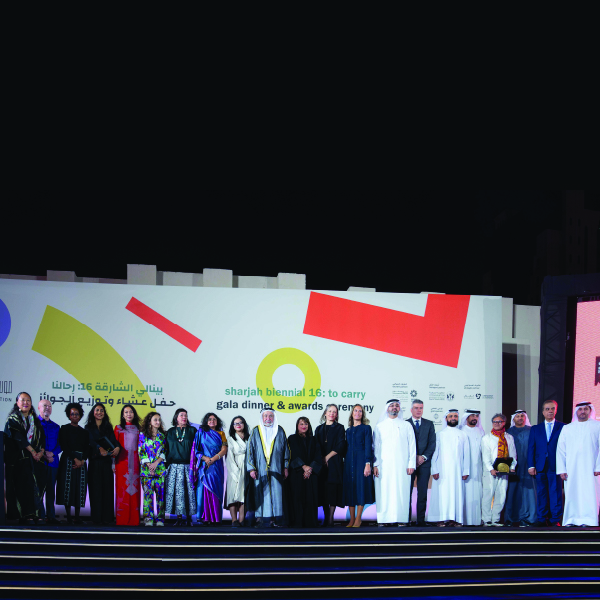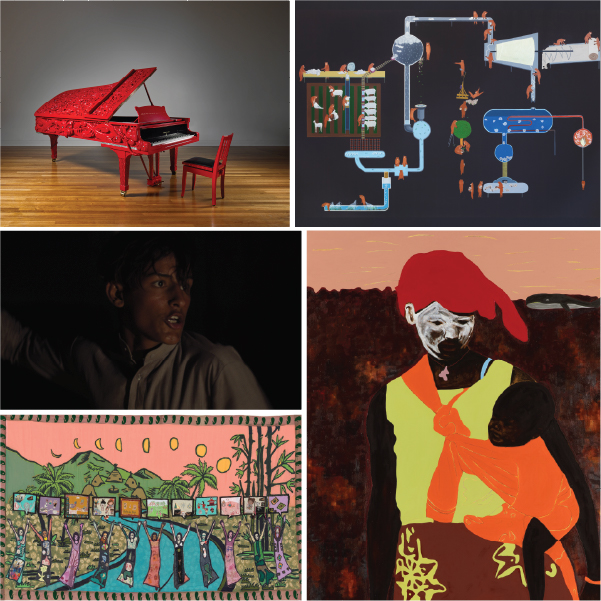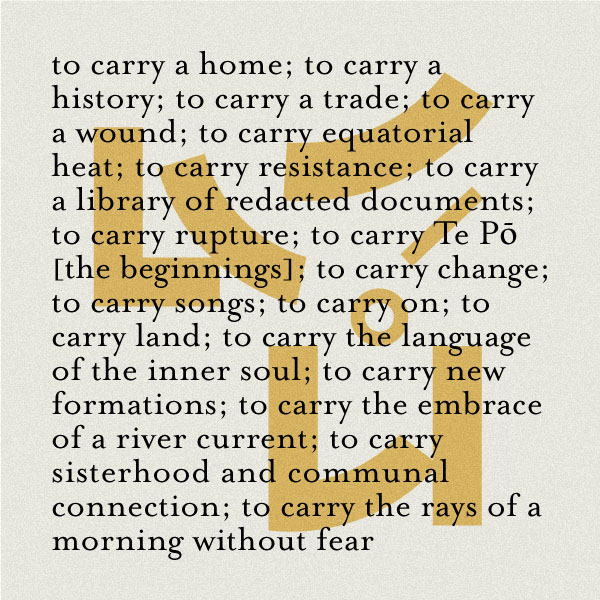Sharjah Art Foundation Press
Welcome to the Sharjah Art Foundation online Press Office. Here you will find copies of current and past press releases. For further information and access to high resolution images please contact press@sharjahart.org
Sharjah Art Foundation announces the open call for its Residency Programme
Published on 31 July 2025
This opportunity allows local, regional and international artists to engage with Sharjah’s vibrant creative communities
Sharjah Art Foundation offers family-friendly activities for a summer to remember
Published on 23 July 2025
Enjoy coffee in an iconic landmark, experience rain without getting wet, or join free workshops in Sharjah
Sharjah Art Foundation launches Studio and Residency Programmes
Published on 30 June 2025
The programmes aim to support local, regional and international artists, creative practitioners and researchers at various stages of their practices
Sharjah Art Foundation announces curators of Sharjah Biennial 17: Angela Harutyunyan and Paula Nascimento
Published on 24 June 2025
Sharjah Art Foundation is pleased to announce that Angela Harutyunyan and Paula Nascimento have been appointed as the curators of Sharjah Biennial 17, opening in January 2027.
Sharjah Art Foundation launches fellowship for contemporary art writing
Published on 16 June 2025
PARA offers material, communal and institutional support to five fellows, selected through an open call
Sharjah Art Foundation announces autumn 2025 programme and the launch of two new initiatives
Published on 4 June 2025
Sharjah Art Foundation announces autumn 2025 programme and the launch of two new initiatives.
Now streaming: Biennial Bytes season two
Published on 14 May 2025
Tune in to hear insightful episodes featuring conversations with Sharjah Biennial 16: to carry participating artists
Sharjah Art Foundation collaborates with NYU Abu Dhabi to present winning projects from the seventh edition of Sharjah Film Platform
Published on 1 May 2025
Sharjah Film Platform Montage seeks to develop new connections and expand film festival audiences through screenings outside Sharjah
Sharjah Art Foundation releases two vinyl albums for Sharjah Biennial 16: to carry
Published on 18 April 2025
Hoor Al Qasimi recognised as Officer of the Order of Arts and Letters by the Embassy of France in the UAE
Published on 15 April 2025
Sharjah Art Foundation announces an open call to help build an archive of voice recordings related to the UAE
Published on 9 April 2025
The open call welcomes personal cassette tapes in a variety of languages, made between 1970 and 2000
Sharjah Art Foundation announces Aziz Hazara, Pallavi Paul and Pratchaya Phinthong as winners of Sharjah Biennial Prize
Published on 11 February 2025
Sharjah Art Foundation announces winners of the Sharjah Film Platform 7 Short Film Production Grant
Published on 23 January 2025
